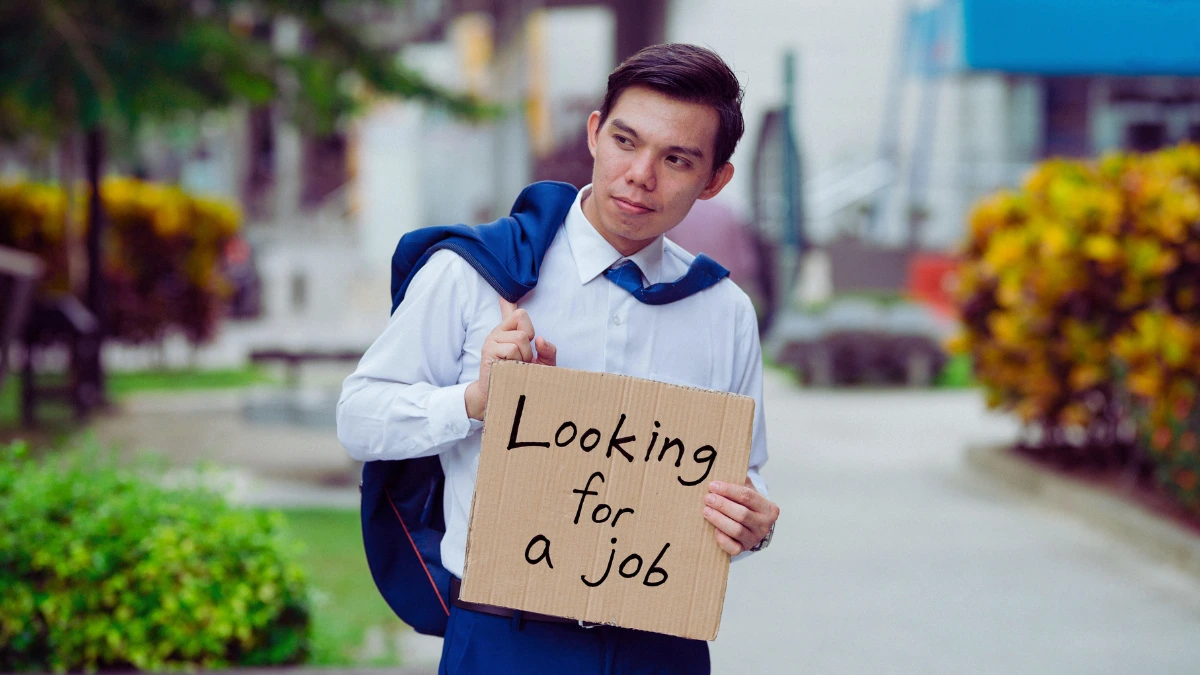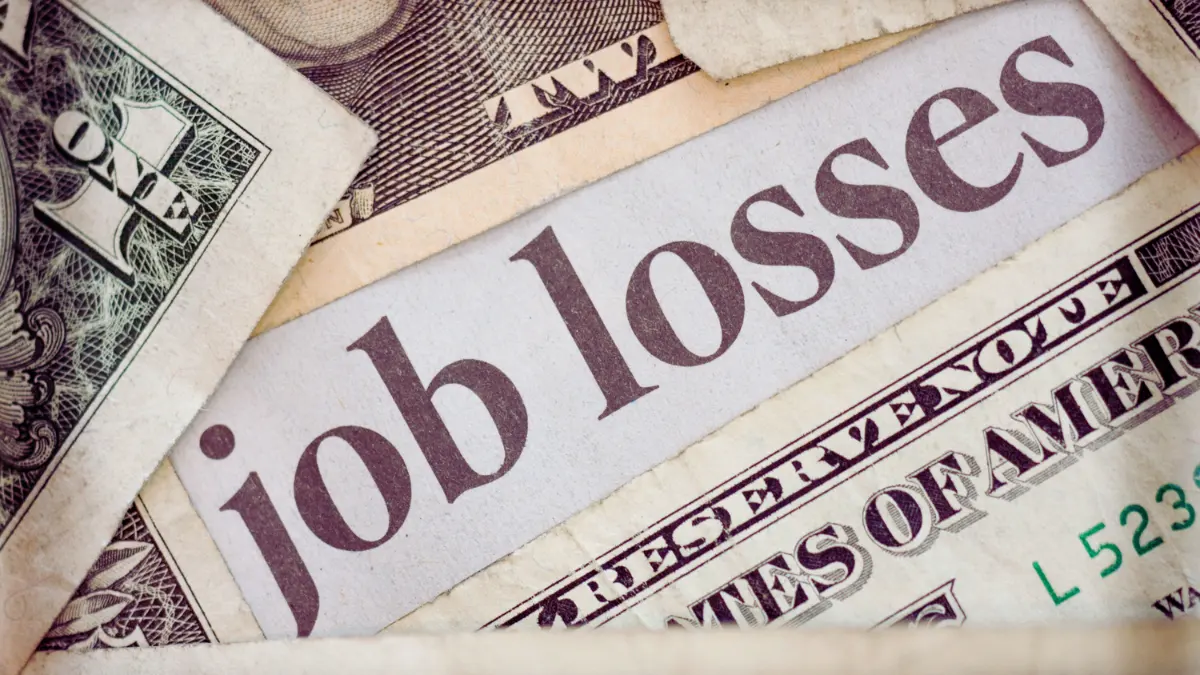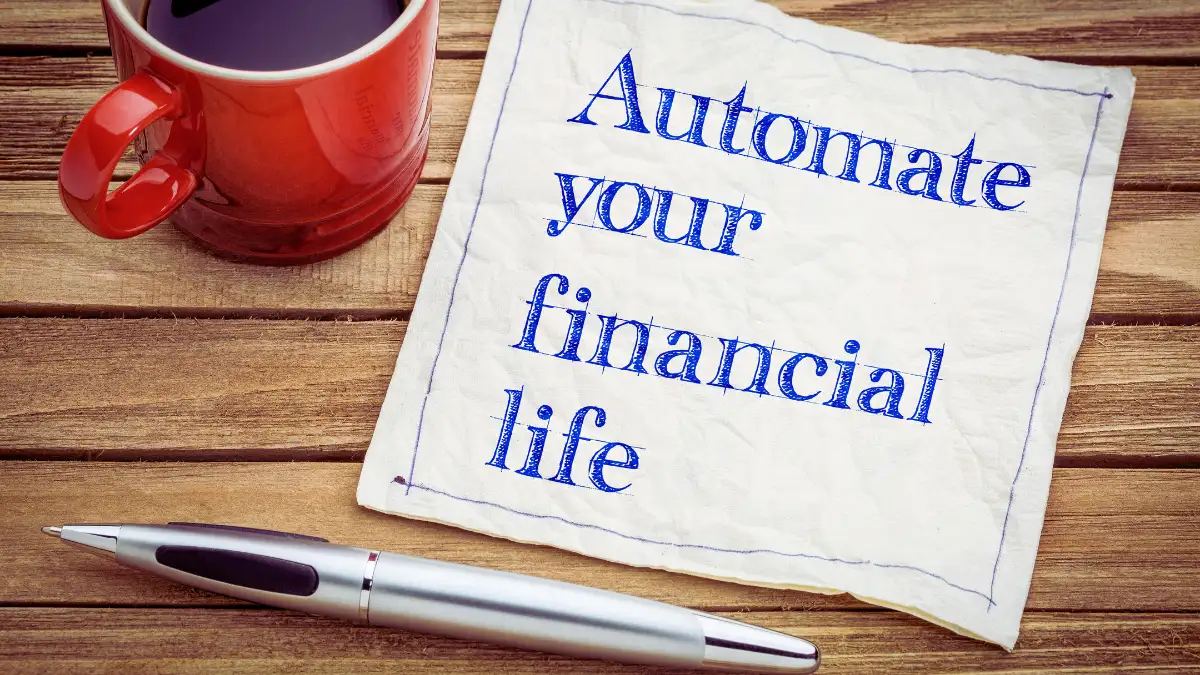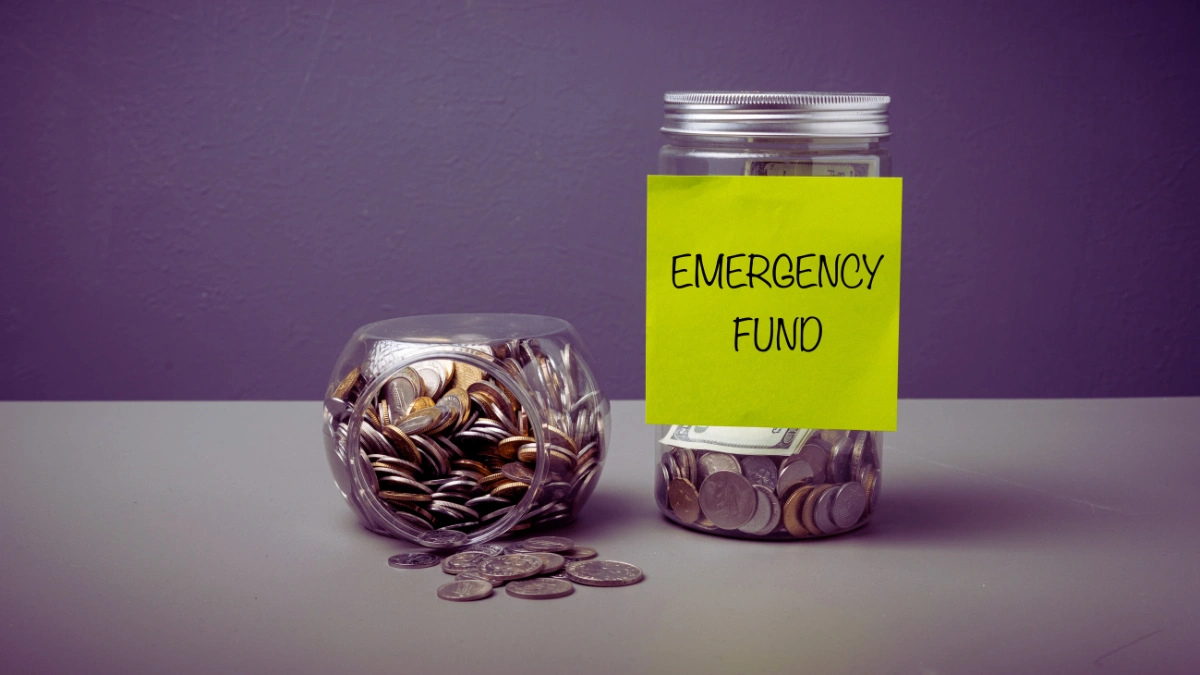Struggling to feel secure with just 3 to 6 months in your emergency fund? In 2025, that old advice may no longer hold up. Job searches now stretch past half a year.
Basic expenses like rent, insurance, and groceries cost more than ever. And unexpected crises—from health issues to caregiving needs—can wipe out a small cushion fast.
A 12-month emergency fund gives you time, options, and peace of mind. It helps you avoid panic-driven decisions and high-interest debt.
In this article, we’ll break down exactly why the 12-month rule is becoming the new standard—and how to make it happen step by step.
Why Your Emergency Fund Needs 12 Months of Expenses in 2025, Not 6
The old rule of saving for 3–6 months won’t cut it anymore. The financial risks of 2025—from job market instability to the rising cost of basics—require a stronger safety net. A 12-month emergency fund is no longer a luxury. It’s becoming the baseline for financial resilience.
1. Job Searches Now Regularly Exceed Six Months

Landing a new role takes much longer than it used to, especially for mid-level and senior professionals. According to multiple sources, including LinkedIn and the Wall Street Journal, the average time to find a job in 2024 was about 6 months, particularly for unemployed job seekers actively searching.
It’s not just about the number of applications. Companies are running more hiring rounds, delaying decisions, and in some cases, freezing roles halfway through the process.
Older professionals, particularly those over 50, are hit harder. They face job gaps that last 40% longer than average due to age bias and reduced role availability.
Severance packages, when offered, rarely stretch beyond a few weeks. And unemployment benefits often fall short of covering true expenses.
Many job seekers hold out for roles that match their experience, which means longer waits. A larger emergency fund gives them the time to be selective without financial panic forcing quick compromises.
2. Persistent Core Inflation Has Shrunken Fund Value

Inflation hasn’t just bumped prices—it’s quietly reduced the value of money you’ve already saved.
Since 2020, rent has increased by more than 25%, while auto insurance costs jumped over 26% year-over-year. Healthcare premiums alone rose 6.3% in 2024, and groceries haven’t been spared either.
An emergency fund built on pre-2022 budgets is now underfunded in real terms. A reserve that once covered six months may now only last 4.5, based on updated living costs. This erosion isn’t visible day-to-day, but when you’re without income, every dollar has to stretch.
Savings don’t automatically adjust with inflation. Unless you’re recalculating each year—and increasing the target amount—you’re slowly falling behind.
A 12-month buffer is less about over-preparing and more about keeping pace with what everyday life actually costs in 2025.
3. Financial Shocks Beyond Job Loss Are Increasing

Emergencies aren’t always tied to a lost job. A sudden health issue, a family member needing care, or a natural disaster can hit just as hard—if not harder—than unemployment. These events tend to come with little warning and big price tags.
Take caregiving: 1 in 5 workers step away from jobs to care for children or aging parents.
The average cost of backup eldercare can exceed $2,500 per month. Insurance rarely covers this, and most families don’t have dedicated funds for such responsibilities.
Climate events are another growing risk. Home insurance deductibles for repairs can easily surpass $10,000 after a flood or wildfire.
If your emergency fund isn’t designed to absorb non-income-related shocks, you’re leaving yourself exposed. Six months of savings often won’t be enough when multiple crises hit at once.
4. The Gig Economy Is No Longer a Reliable Safety Net

What used to be a dependable fallback—driving for rideshare, delivering food, freelancing—is now less sustainable.
Platforms like Uber, DoorDash, and others are saturated. More workers are chasing fewer gigs. As a result, real hourly wages have dropped since 2019, according to the JPMorgan Chase Institute.
At the same time, fees, fuel, and wear-and-tear expenses have gone up. For many, the income from side hustles can no longer be counted on to quickly patch financial holes. You may work twice as hard and still come up short.
Expecting gig income to act as a backup plan is riskier than ever. A bigger emergency fund reduces your dependence on inconsistent side income and gives you time to rebuild with better options.
5. Psychological Buffer Prevents Bad Financial Decisions

When you’re out of work and funds are low, stress skyrockets. That pressure leads to poor decisions: tapping into retirement accounts early, racking up 24% APR credit card debt, or accepting underpaid work out of fear rather than fit.
Financial instability shrinks your options. It doesn’t just drain your bank account—it narrows your judgment.
Behavioral finance shows that money stress disrupts planning and risk assessment. That’s why people often dig themselves deeper during hard times.
A 12-month cushion doesn’t just pay the bills—it clears your head. It buys time to think, to strategize, and to say no when needed.
That space often leads to better long-term choices, higher-quality job offers, and fewer costly shortcuts.
6. Larger Funds Offer Real-World Protection

Data from the 2025 Bankrate Emergency Savings Report shows a clear trend: Americans with more than six months of savings experienced lower levels of financial anxiety and less need to borrow in a crisis.
In contrast, 37% of adults used their emergency fund last year, and many didn’t have enough saved to cover even three months.
Those with more robust savings didn’t just avoid debt—they recovered faster. They were less likely to default on loans, more likely to maintain investments, and reported fewer late payments. Real-world results beat theory here.
Bankrate’s financial advisors are now recommending: double your old savings target. It’s not about fear—it’s about flexibility.
The households with the largest funds weathered job losses, illness, and inflation without spiraling into long-term debt.
7. Volatility and Special Cases Require Even Larger Buffers

Not every household runs on a fixed paycheck. Freelancers, small business owners, and contract workers already face unstable income. For them, income may drop for months without warning, even without a crisis.
Add other variables—large student loans, mortgages, or responsibility for dependents or aging parents—and the risk compounds.
One unexpected event can set off a chain reaction of expenses. In some cases, 12 months might not be enough; 18 to 24 months may be more appropriate.
Even stable jobs aren’t immune to disruption. Entire industries can be shaken by policy changes, tech shifts, or market downturns.
When you’re in one of these high-risk categories, a larger buffer isn’t just smart—it’s necessary to keep your financial life from unraveling.
How to Build a 12-Month Emergency Fund Realistically
Saving an entire year’s worth of expenses sounds impossible—until you break it down. Building a 12-month emergency fund doesn’t happen overnight. It takes strategy, not just discipline. Here’s how to make it realistic for your situation in 2025.
1. Calculate True Essentials and Add an Inflation Buffer

Start with your baseline expenses—the ones that keep the lights on. That means housing, utilities, groceries, insurance, and necessary transportation.
Ignore the optional stuff for now. Once that number’s clear, multiply it by 12. That’s your raw target.
Now, account for inflation. A 2024 report by the Bureau of Labor Statistics shows that core essentials rose faster than the general inflation rate.
To stay ahead, pad your total by at least 10%. If your monthly bare-minimum cost is $2,500, don’t stop at $30,000. Plan for $33,000 or more.
Also, factor in irregular but necessary costs: annual insurance premiums, car maintenance, or prescription refills.
These often go unnoticed but can throw off your plan if ignored. A detailed breakdown makes the target less scary and more accurate.
2. Park Most of Your Fund in High-Yield Savings and T-Bills

Leaving your emergency fund in a checking account drains its potential. After inflation, your money quietly loses value.
High-yield savings accounts, currently offering 4% to 5% APY, are a better fit for short-term access without sacrificing growth.
For amounts you don’t need immediately, Treasury bills (T-bills) offer another layer of protection.
They’re low risk, government-backed, and available in 4, 13, 26, or 52-week terms. Many brokers now let you automate rolling them over, keeping the yield consistent.
Make sure the money stays liquid. Avoid tying up all of it in CDs or long-term investments. Split it between accounts that offer both stability and flexibility.
A tiered approach—some cash, some in high-yield accounts, and some in T-bills—balances access with returns.
3. Automate Savings and Use Windfalls Aggressively

Consistency matters more than size. Setting up automatic transfers each payday—even $50—builds momentum.
Over time, small steps create real progress. Automation removes emotion from saving, making it harder to skip.
Tax refunds, work bonuses, or any unexpected cash should be used strategically. Households that directed windfalls into savings reached their goals faster than those who spent them.
Use unexpected money to leap ahead. But don’t rely on it. Keep automation going in the background.
It’s the small, regular contributions that fill the tank—windfalls just give you a jumpstart.
4. Prioritize Finding Your Emergency Fund Floor Before Aggressively Repaying Debt

Debt can feel urgent, especially with interest piling up. But if you’ve got no cash buffer, one setback will send you straight back to borrowing.
It’s smarter to build a minimum fund first—even just 3 months—before making large extra payments toward loans.
Once your floor is in place, switch to a split strategy. Put a portion toward debt and another into your growing emergency fund. As your safety net thickens, gradually increase the debt payoff share.
Avoid the temptation to go all-in on repayments while leaving yourself exposed. Emergencies don’t wait for your debt-free date.
A small fund now prevents bigger interest later when you’re forced to use high-cost credit again.
5. Fill the Gaps in Disability and Critical Insurance Coverage

An emergency fund isn’t just about unemployment. Illness and injury can wipe out income just as fast, and last even longer.
Disability insurance steps in here, but many policies have long waiting periods or limited coverage.
Check what your employer offers. Most short-term disability plans only cover a few weeks.
Long-term options may kick in after 90 days, but that’s three months of bills to cover yourself. Your emergency fund has to bridge that gap.
Also, review your critical illness and health insurance deductibles. If a medical emergency happens tomorrow, how much would you owe out of pocket before coverage begins?
Add that number to your target. A 12-month fund should reflect real-world risk, not just the job market.
